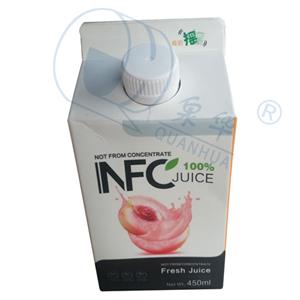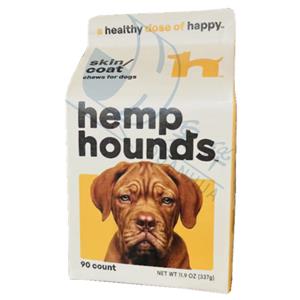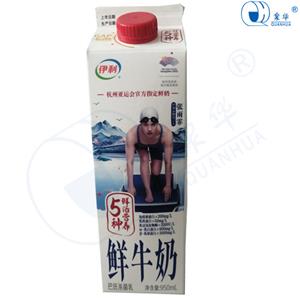PET plastic packaging
1. What is PET material? PET or polyethylene terephthalate is made from terephthalic and ethylene glycol, which combine to form polymer chains. It is a durable, transparent, lightweight plastic material that is not glass. Moreover, it is to microorganisms such as bacteria, fungi, and parasites. Therefore, you can use it for many applications, especially thermoformed packaging designs, and even food and containers! However, it does not degrade when exposed to moisture and air for long periods, maintaining its durability under various conditions. 2. Advantages of PET packagingRecyclability: PET plastic is recyclable, and you can easily convert it into new products, contributing to the circular economy and reducing plastic waste. Lightweight PET non-woven bags are lightweight, reducing transportation costs and energy usage during transport. Durability: PET can withstand severe impacts, making it ideal for protecting fragile such as beverage containers, vegetables, and fruits. Clarity: Its transparency allows consumers to see the products, which is beneficial for food and beverage packaging. Vers: PET is used in various industries, from food to medical devices. 3. Disadvantages of PET packaging: Environmental impact: Although PET is recyclable, is still a petroleum-based plastic. Improper recycling can lead to plastic pollution. UV sensitivity: PET plastic will degrade over time when exposed to ultraviolet light, the shelf life of the products. Limited temperature resistance: Compared to other plastics, PET has lower resistance to extreme temperatures, limiting its use in certain packaging applications




